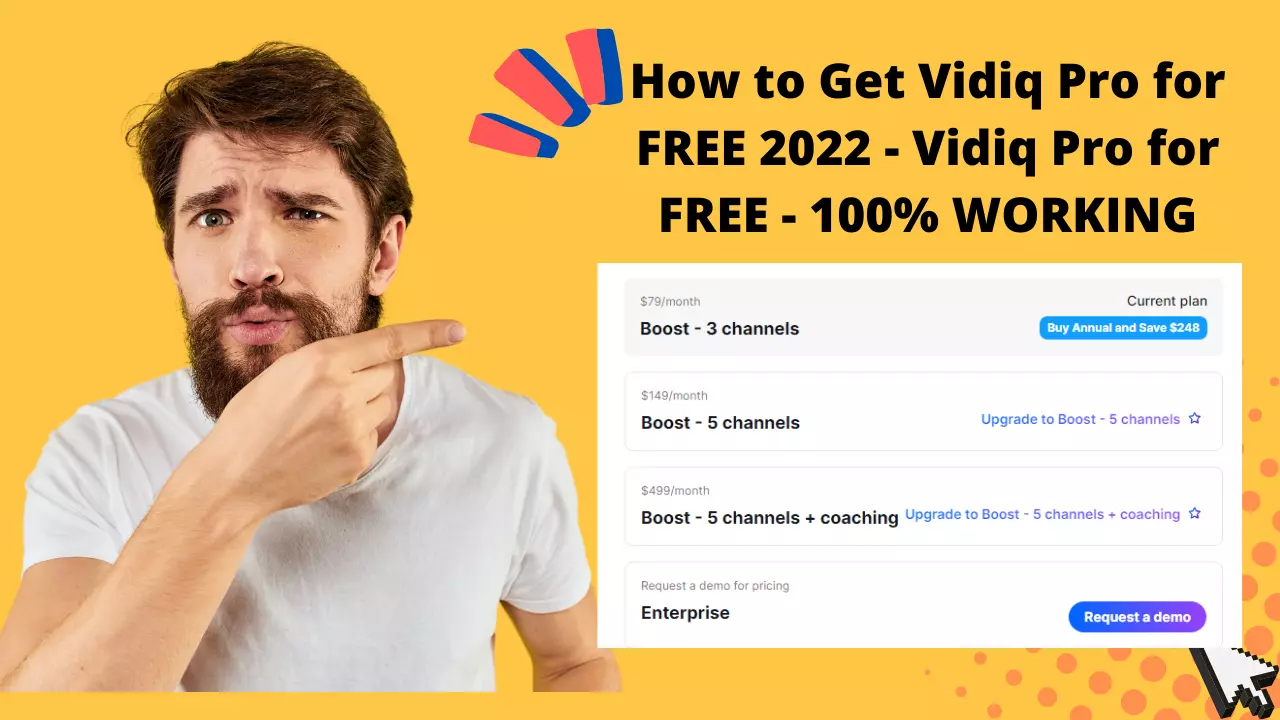How to Advertise on Google Search and Dominate Your Competition
Want to know how to advertise on google search? This post will explain it in plain english so that anyone can understand. It’s more complex than you might think, but we break it down into simple steps. If you’re looking for ways to become a better marketer, pay attention. These tactics are perfect for everyone trying to make money online.
Advertise on Google Search
People today are using Google Search as their primary search engine for finding businesses like yours, as well as the products and services you offer. It’s an easy place to advertise if you know how, but it can also be very expensive if you don’t know what you’re doing!

So, the best way to learn the basics of advertising on Google Search is to follow along with this quick guide on How to Advertise on Google Search and Dominate Your Competition.
Step 1 – Learn About the One Box
The large display of text at the top of every search results page is called the one box. The important thing you need to know about it is that it’s incredibly powerful: The ads shown in that box generate more clicks than all other paid search ad formats combined.
When you’re ready, there are three basic ways you can set up an ad campaign in that space: You can do it yourself, work with a PPC specialist or use your existing SEM manager. Regardless of which option you choose, be sure that your marketing team is well-versed in creating ads for one box.
Another strategy for getting more clicks is to have a special landing page associated with your one box ad. That way, each time you appear in that space, you can offer customers a unique promotion or product, enticing them to click through.
Step 2 – Create a Quality Site
Before you start driving traffic to your site, make sure that it’s highly-visible, optimized for conversions and ready for success. When creating a website, there are a number of elements you need to take into consideration, including your content, formatting, site structure and images. One of the most important steps when it comes to building a successful online presence is keyword research: deciding what keywords users will search for when they want products or services like yours.
Start with a keyword research tool. This will allow you to decide what keywords users will search for when they want products or services like yours. You can then build out your site based on these results, ensuring that you include specific keywords in your title tags, meta descriptions, content and even images. Make sure that each page of your site is optimized for at least one keyword relevant to your business; make it easier for visitors to find exactly what they’re looking for so that they convert into customers.
Next, create a title tag that includes your target keyword(s) somewhere in it. This is one of the most important factors when it comes to ranking high in search engines; many users will judge your website based solely on what it says in your title tag. If they see exactly what they’re looking for, they’ll click through, increasing your chances of converting them into customers.
Next, create a meta description that includes your target keyword(s). A lot of users who don’t click through to your site will see your meta description in search results. Use it as an opportunity to convince those searchers that they should click through, increasing their chances of converting into customers.
Include target keywords in your content. Now that you’ve figured out what keywords to use, it’s time to actually put them into practice! Use your keyword research tool again, then write content that uses those keywords in a natural way.
Include target keywords in your images. Images are an important part of content marketing, and they’re also an opportunity for you to use your keywords naturally while making sure that you don’t overdo it.
Step 3 – Find a Good Keyword
The first step in advertising on Google search is finding a good keyword. To ensure your keyword is high quality, you must find a long tail keyword. For example, dog training might be too broad. Instead, look for niche keywords such as puppy potty training or quick guide to dog agility training. You want low competition phrases that people are actually searching for, so you can dominate your competitors and turn potential customers into clients.
Once you’ve found a long tail keyword, it’s time to do some research. What are people searching for when they type that phrase into Google? You can use your main keyword as a starting point by typing it into google with quotation marks around it (for example, puppy potty training). This will give you a list of other words people are using in conjunction with your target keyword.
For example, a search for puppy potty training gives us a list of different variations, including how to house train a puppy, pet training tips, how to potty train a puppy fast. Each of these phrases is another possible keyword you could use in your campaign. If people are searching for all of these terms, they might be interested in what you have to offer as well.
Step 4 – Write Great Content
While you’re still in planning mode, it’s a good idea to figure out exactly what you want your brand of information marketing business to stand for. What sort of voice do you want your company to have? How can you position yourself as an expert in your niche without coming across as salesy or pushy? Thinking about these things before writing copy for your products helps give direction and makes it easier for customers to connect with your products.
Write content that helps people solve problems: The Internet is filled with articles that tell you everything there is to know about a particular topic. But what do you find when you search for an answer? A website with so much information it’s hard to see where or how it might help. That’s not what customers want, they want information presented in a way that helps them solve their problem.
Write for people, not search engines, People are impatient. They don’t want to click around a website looking for answers. They want information that’s easy to find, quick to digest, and focused on solving their problem. A great content strategy ensures that customers find what they need in an obvious location with every page optimized around keywords most likely searched by customers (as opposed to keywords most likely searched by robots.)
Step 5 – Implement Analytics to Track Results
Once you’ve finished a few professional blogs, it’s time to create an analytics page so you can track how well your content is performing. We recommend using Google Analytics. It’s free and simple for you to use—and it gives you valuable insights into exactly how readers are finding, consuming, sharing, interacting with, and re-sharing your content.
It’s easy for you to create a free account, which will allow you to view data like total monthly traffic, average session duration, and bounce rate. If your goal is more leads or sales, use goals in analytics so that you can track results based on how many people take a desired action—like sign up for your email list or buy a product from your site.
Using analytics in your professional blogs will help you gain a better understanding of how to improve and grow your blogging business. The more you work with it, the more it’ll help you create content that readers love—and share with their friends!
Step 6 – Start Offering Services Within Your Niche (Optional)
Now, once you get good at creating content and have a lot of followers, you can start offering services to your clients through your website. Below are a few ways you can offer services for some extra income. Some of these options only require a basic level of writing skills, while others do require more intensive knowledge about an industry or niche topic. If you’re interested in these sort of opportunities.
1. Freelance Writing Jobs- If you have a solid portfolio, finding freelance writing jobs within your niche is very doable and relatively straightforward. One of my first gigs was doing an SEO copywriting for a nutrition company. It just required basic SEO knowledge and some creativity with keywords. Once I landed that gig, many more came in which gave me experience creating different types of content for different businesses.
2. Create eBooks/Courses- If you have a lot of knowledge about a specific topic, creating an eBook or course can be a great way to start making money from your website. This is something I’ve been thinking about doing for my site as well, but haven’t gotten around to it yet.
3. Create a Membership Site- If you have an audience that’s willing to pay for content, you can also start a membership site where they can access all of your premium content in one place. This is one of my favorite ways to make money from a website because it’s basically passive income (you don’t have to do anything once it’s set up) and allows me to share everything I know about blogging with my readers.
4. Offer Consulting Services- If you have a lot of experience in your niche, you can also start offering consulting services to businesses within that industry. This is something I’ve done as well and it’s helped me make some good money from my site over time. The key here is to offer high-quality services at a fair price.
Step 7 – Use PPC Bid Software Like Market Samurai To Boost Results (Optional)
One way you can increase your website traffic quickly with Facebook advertising is by using PPC bid software. Use software like Market Samurai to run multiple tests against competitor pages. You’ll be able to see which ad variations get you more clicks, calls, and (ultimately) sales. This will allow you to have confidence that when you’re spending money on Facebook ads, you’re actually getting results that are better than your competitors.
Another way to make sure you’re getting a good return on your Facebook ad investment is by using PPC bid software. When we initially started advertising on Facebook, it took weeks before we saw any sales. We tried changing our bids from $0.25 up to $5 per click without seeing any significant changes in our conversions. This is when we decided that there had to be something wrong with our ads.
That’s when we decided to change our bidding software from manual bid management to a PPC bid management software. Using PPC bid software is a great way for you to find out which keywords are going to be most profitable for your business. You’ll also be able to see how much traffic each of your keywords is getting and where they’re coming from.
This will help you figure out if you should continue investing in Facebook ads or if there are other areas that are more effective. The best part about using PPC bid software is that it can save you hours of work every week by automating tedious tasks like ad creation, keyword research, and competitor analysis.
The only thing left for you to do after setting up your campaigns with PPC bid software is to sit back and watch as it does all of the hard work for you! I’ve personally used Market Samurai in my own business (and still do) so I highly recommend checking it out if you haven’t already.
Conclusion
By now, you should have a rough idea of how Google’s advertising options work. In addition to knowing what each option entails, it’s helpful to know what payment method will best suit your business. Remember, there are no limits when it comes to running ads on any platform—but an ad that isn’t cost-effective won’t accomplish much for your bottom line. Make sure you choose wisely, plan well and analyze thoroughly.









